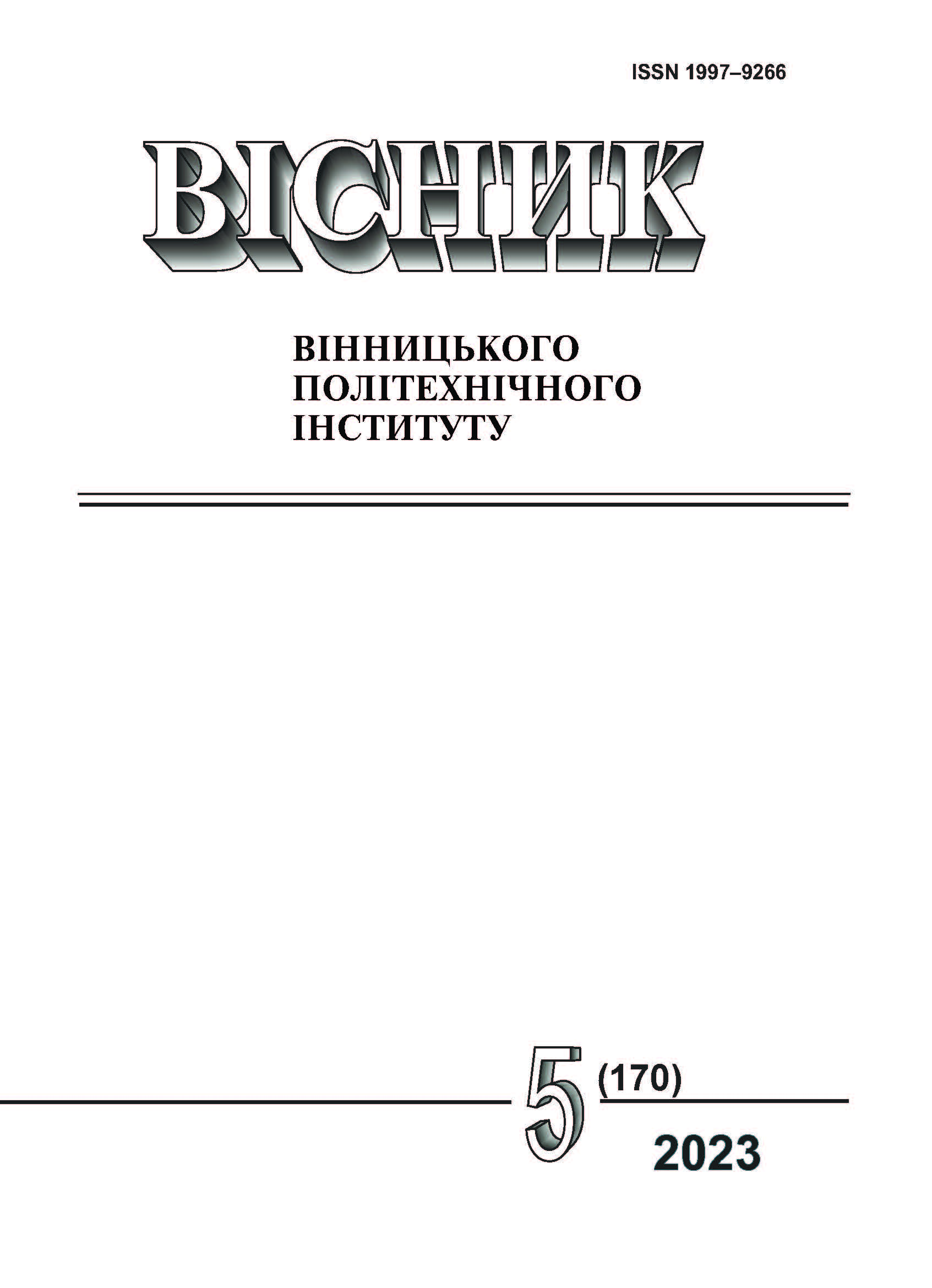Innovative Solutions for Adaptation of Technological Systems to Modern Requirements
DOI:
https://doi.org/10.31649/1997-9266-2023-170-5-85-92Keywords:
mechanical engineering, network principles, іntellectual production systems, innovative development, industrial automation, cyber-physical systems, intellectual potential, flexible productionAbstract
The article considers radical changes in production technological systems that contribute to the emergence and development of network principles in mechanical engineering production. Instead of traditional production organization, the key principle becomes powerful utilization of the informational space in the Internet, enabling the collaboration of independent entities from different geographic regions to accomplish production tasks. One of the key characteristics of networked systems is their ability for intelligent computations aimed at improving product quality and consumption models. Networked systems allow for the intensification of the orders volumes through the implementation of innovative technologies and the use of digital methods for managing technological processes. The main tasks of innovative development in mechanical engineering are defined, including the assessment of technical and technological needs in determining prospective directions of innovation and the development of implementation strategies using modern methods and technologies. Various sources of funding for the implementation of innovative technologies are examined, including the analysis of costs and potential profits. The possibilities for the development of intellectual production systems and their role in modern mechanical engineering based on the implementation of advanced computer models and artificial intelligence technologies are investigated, promoting the automation of production processes and enhancing product quality. Additionally, the utilization of cyber-physical systems for optimizing production processes and increasing their competitiveness is discussed. The concluding part of the article delves into Ukraine’s potential in implementing innovative directions in the field of mechanical engineering. It is noted that the country possesses the unique intellectual potential for providing high-tech engineering services. Key directions include programming of industrial technologies, design development, industrial automation, and the development of complex products. Emphasis is placed on the importance of adaptation to modern technologies and production flexibility for ensuring efficiency and competitiveness in the field of mechanical engineering. Overall, the article offers a profound analysis of contemporary trends in mechanical engineering and points out avenues for further development in the industry in Ukraine
References
Y. Xu, and X. “Technology upgrading and labor degrading? A sociological study of three robotized factories,” J. Chin. Sociol., no. 8, p. 18, 2021. https://doi.org/10.1186/s40711-021-00154-x .
N. Sherimova et al. “An analytical assessment of industrial sector innovative management in the context of digitalization,” J. Innov Entrep, no. 11, p. 53, 2022. https://doi.org/10.1186/s13731-022-00247-y .
B. E. Jin, and D. C. Shin, “The power of 4th industrial revolution in the fashion industry — what, why, and how has the industry changed?” Fash. Text, no. 8, p. 31, 2021. https://doi.org/10.1186/s40691-021-00259-4 .
A. Khalid et al. “A methodology to develop collaborative robotic cyber physical systems for production environments,” Logist. Res., no. 9, p. 23, 2016. https://doi.org/10.1007/s12159-016-0151-x .
E. Mueller, XL. Chen and R. Riedel, “Challenges and Requirements for the Application of Industry 4.0 — A Special Insight with the Usage of Cyber-Physical System,” Chin. J. Mech. Eng. no. 30, pp. 1050-1057, 2017. https://doi.org/10.1007/s10033-017-0164-7 .
H. Hirsch-Kreinsen, “Digitization of industrial work — development paths and prospects,” J. Labour Market Res, no. 49, pp. 1-14, 2016. https://doi.org/10.1007/s12651-016-0200-6 .
M. K. Adeyeri, and K. Mpofu, “Development of system decision support tools for behavioral trends monitoring of machinery maintenance in a competitive environment.” J. of Industrial Engineering International., no. 13, pp. 249-264, 2017. https://doi.org/10.1007/s40092-017-0184-z .
P. Radanliev et al. “Cyber risk at the edge — current and future trends on cyber risk analytics and artificial intelligence in the industrial internet of things and Industry 4.0 supply chains,” Cybersecurity, no. 3, p. 13, 2020. https://doi.org/10.1186/s42400-020-00052-8 .
JF. Yao et al. “Systematic review of digital twin technology and applications,” Vis. Comput. Ind. Biomed. Art , no. 6, p. 10, 2023. https://doi.org/10.1186/s42492-023-00137-4 .
M. Yang et al. “Modeling the significance of strategic orientation for competitive advantage and economic sustainability — the use of hybrid SEM-neural network analysis,” Journal of Innovation and Entrepreneurship, no. 11, p. 44, 2022. https://doi.org/10.1186/s13731-022-00232-5 .
А. І. Шевченко та ін., Стратегія розвитку штучного інтелекту в Україні, моногр., А. І. Шевченко, Ред. Київ, Україна: ІПШІ, 2023, 305 с. https://doi.org/10.15407/development_strategy_2023 .
Downloads
-
PDF (Українська)
Downloads: 110
Published
How to Cite
Issue
Section
License

This work is licensed under a Creative Commons Attribution 4.0 International License.
Authors who publish with this journal agree to the following terms:
- Authors retain copyright and grant the journal right of first publication.
- Authors are able to enter into separate, additional contractual arrangements for the non-exclusive distribution of the journal's published version of the work (e.g., post it to an institutional repository or publish it in a book), with an acknowledgment of its initial publication in this journal.
- Authors are permitted and encouraged to post their work online (e.g., in institutional repositories or on their website) prior to and during the submission process, as it can lead to productive exchanges, as well as earlier and greater citation of published work (See The Effect of Open Access).





